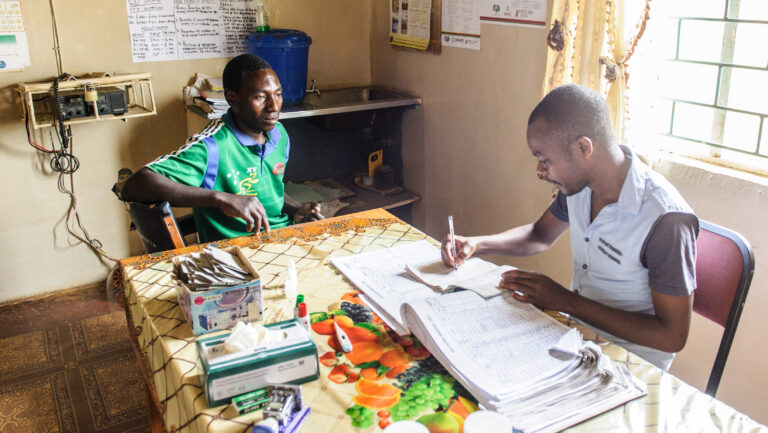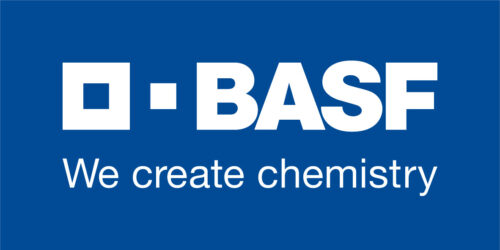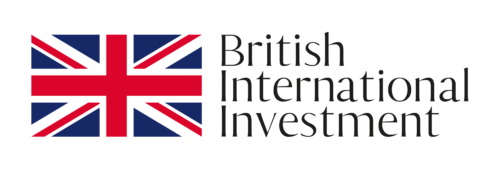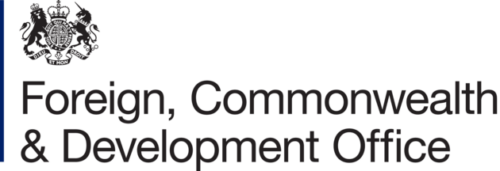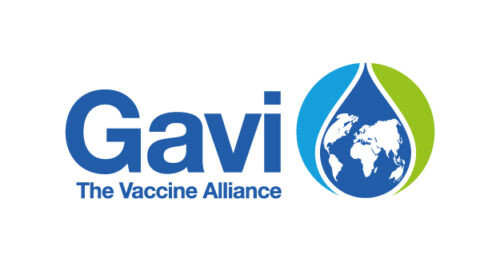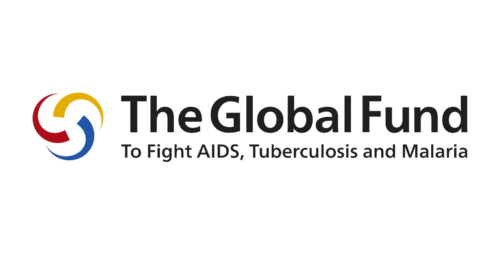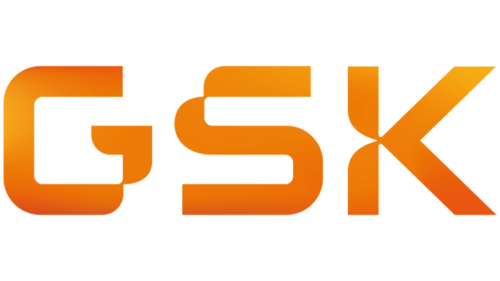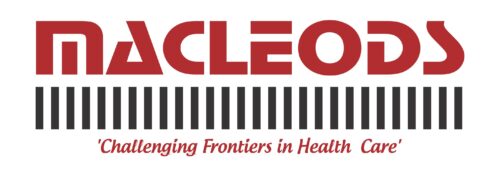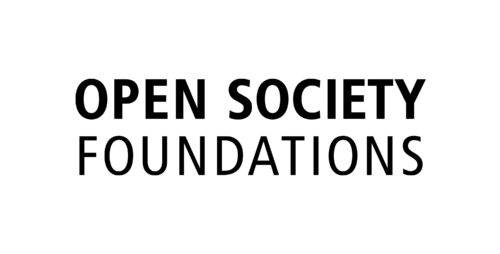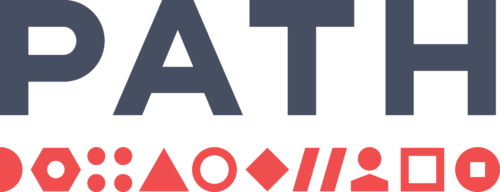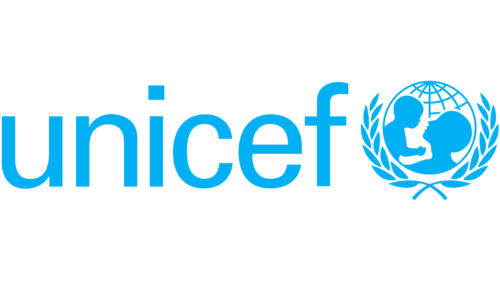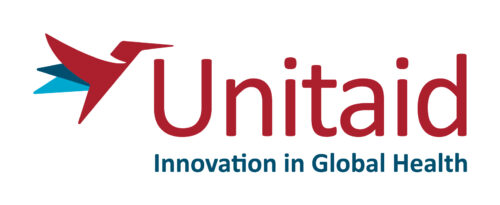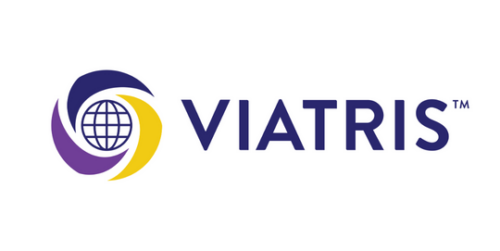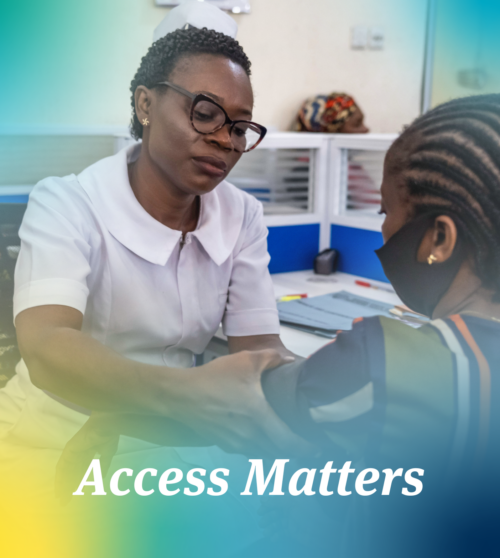5 things you should know about HIV self-testing
by Clinton Health Access Initiative (CHAI)
31 July 2022 | Insight
CHAI spoke with HIV advocate and Director of the African Community Advisory Board (AfroCAB) Treatment Access Partnership Kenly Sikwese about why self-testing is such an important option to make available for people who want to check their HIV status.
Approximately one in five people living with HIV are undiagnosed. As a gateway to treatment and prevention, HIV testing is critical across the cascade of care. But too often not accessible to those who need it. Self-testing can play an important role in closing the gap between people living with HIV and those who know their status.
An agreement announced this week makes a new HIV self-test available for US$1 – 50 per cent lower than the most widely used test on the market – in 140 low- and middle-income countries, which are home to over 86 percent of people living with HIV.
CHAI spoke with HIV advocate and Director of the African Community Advisory Board (AfroCAB) Treatment Access Partnership Kenly Sikwese about why self-testing is such an important option to make available for people who want to check their HIV status. Before stepping into his current role, Sikwese spent many years as an HIV testing counsellor in Lusaka, Zambia.
1. HIV self-testing gives individuals control over their health
“For me, HIV self-testing is putting power in my hands to know my HIV status,” says Sikwese.
The US$1 price of Wondfo’s self-test narrows the gap to the cost of professional-use HIV tests and is an opportunity to catalyze uptake of HIV self-testing in more countries and for a wider range of people.
Conventional testing often takes place in a designated facility and is conducted by a health worker. This can be a big barrier for many individuals, says Sikwese. For those who live in rural areas, traveling to a testing center may be difficult. Fear of stigma when asking for a test is also a concern.
“Self-testing is an empowering option. Imagine you could go over the counter [at a pharmacy] and say ‘I want an HIV self-test’ without explaining why or anything like that. Just being able to pick it up and take the test and give yourself peace of mind. It’s something that I think will be a major game changer.”
Sikwese stresses that distribution will be an important consideration as the product rolls out in countries. “We need to ask people where they would like to access [self-tests] rather than predetermine the way we think they may want to access them.”
2. Different kinds of testing work best for different people
The World Health Organization (WHO) recommends countries use self-testing as part of a differentiated and comprehensive approach to HIV testing services. Self-tests give countries the flexibility to meet the needs of their people while increasing access to testing.
The most commonly used self-test on the market today is an oral test, which has the client collect a sample by swabbing their gums. The Wondfo self-test is a blood-based test, which uses a finger prick blood sample similar to HIV rapid tests used by health workers. Like all WHO-approved self-tests, the Wondfo test is packaged with everything a person needs to conduct the test themselves. “You have everything that you would normally find in a clinic in the palm of your hands to know your HIV status right now, within half an hour”, says Sikwese.
Whether testing is done at a facility by a health worker, or at home using an oral or blood-based test, “it is about really giving people options,” says Sikwese. “The first goal should be to ensure as many people as possible know their HIV status.”
3. Self-testing encourages more people to check their HIV status
Increasing access to testing is especially important for priority populations such as men, adolescents, commercial sex workers, people who use drugs, transgender people, and men who have sex with men. Globally in 2020, 65 percent of new HIV infections were among people from priority populations and their partners. But people from these groups often face stigma, discrimination, and even criminalization if they seek an HIV test at a clinic.
Sikwese remembers when he worked at an HIV clinic in Lusaka, Zambia, that “we had people who were so terribly afraid to go to a facility and you could see they had AIDS-defining symptoms, but they would not go and get a test. And I know, from personal experience, that some people died because we tested them too late. But if they had the option to send someone to go and pick up that test for them [to do] in their own home, that might have saved their lives.”
Self-testing can increase access to HIV testing – and by extension, prevention and treatment services – to priority populations. A range of people, including health workers, community leaders, and peers can distribute tests, significantly expanding the channels for reaching people at risk.
Here again, Sikwese emphasizes the importance of community engagement when determining how to distribute the tests. “Distribution needs to be as liberal as possible, but also well thought out, equitably based, and ensuring that we have feedback from the community.”
4. Self-tests can free up resources when used at testing centers
Distributing self-tests within health facilities can reduce the burden on health professionals who must otherwise individually administer each test. Many countries are facing health worker shortages that have been exacerbated by COVID-19. Self-testing can help providers at understaffed clinics increase access to services by reducing the time required per person tested compared to conventional testing.
“If there is congestion at a testing center, [self-testing] is one way to decongest,” says Sikwese. The psychology of receiving a self-testing package from a health worker also matters, he says. “Just the idea of getting a package…there is something that feels special about something that is opened only for you, that is used only on you.”
5. Self-testing can increase opportunities for prevention interventions
With expanded HIV self-testing, people can pick up self-tests from more convenient locations, test themselves and read their results in private, when and where they want. For people who are at high risk of HIV infection , testing is the first step in accessing prevention interventions, such as pre-exposure prophylaxis (PrEP). If they need more frequent testing as part of their prevention program, self-tests are also much more convenient.
“This would be a very big entry point for increasing uptick in prevention services,” says Sikwese. “If someone tests negative, they may be a candidate for PrEP.
“I believe that every test is an empowered person who now knows their status and is able to make a choice about their health. Whether its prevention services, reducing their risk of exposure by using condoms or PrEP, or whatever. The fact they are doing a self-test means they are in a mode to do something about their health status.”
Find out more about our partnership with CHAI to execute a volume guarantee agreement with Wondfo to make it’s WHO prequalified HIV self-test available for $1.
HIV self-test
